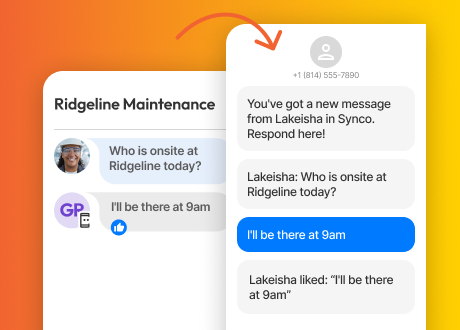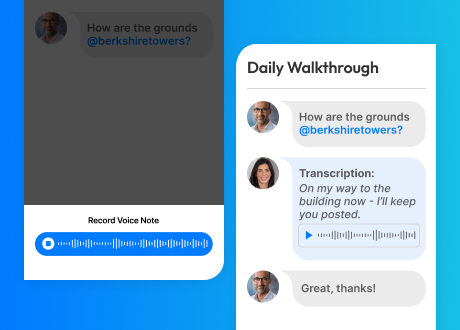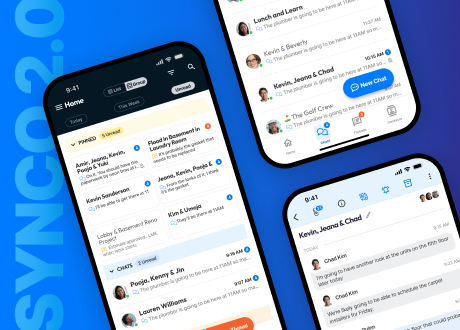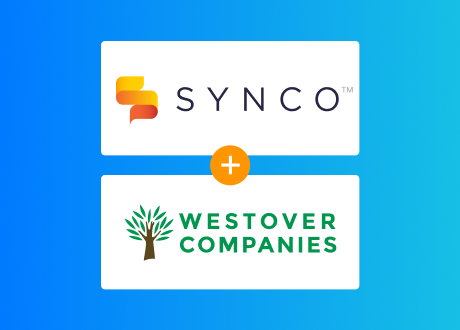This article is based on a conversation between Synco CEO Bill Evick and Propexo CEO Remen Okoruwa
The typical property management company’s tech stack these days has around 30 different software applications, handling everything from leasing to maintenance to accounting and more. Software has revolutionized so many processes in property management, but as the number of software products in use has exploded, there has been increasing fragmentation and lack of integration between systems that companies use. This fragmentation causes difficulties in sharing information and ensuring that the right people have access to necessary data.
PMCs might have dozens of different tools that they could potentially use and those tools may or may not integrate with their main property management software. This explosion of tech and the movement of data between systems haven’t quite lined up yet.
Remen Okoruwa, CEO of Propexo
The Why Behind Property Management Tech Stack Fragmentation
The primary reason for this fragmentation is the influx of investment in PropTech over the past 10-15 years. The PropTech industry has experienced substantial growth, with new and exciting companies entering the market. Looking at the PropTech landscape now, even just in multifamily, one can see a multitude of software companies offering specialized capabilities, often overlapping with the broader platform provided by core property management and accounting systems. And whenever there are dozens of potential tools available, integration across the software stack becomes a crucial consideration.
Another contributing factor to tech stack fragmentation is the more recent trend of centralization within property management organizations. As companies create and train specialized teams and roles that focus on specific tasks, there is a growing need for staff to have the right tools for their specific job. It’s not uncommon for a centralized leasing team, for example, to use a different software application for each step of the leasing process, from prospect CRM to tours to resident screening.
Centralization has enormous benefits, but it requires a lot more conscientious effort to coordinate. When there are so many specialized moving pieces that all need to be working in concert, and you have all these little micro-handoffs between dedicated teams, if you don’t have data flowing between systems and the communications aren’t clear, there’s risk of dropping the ball.
Remen Okoruwa, CEO of Propexo
How Tech Fragmentation Affects Property Management Teams
Managing all these different tech platforms, the data they produce, and employee access to each one can be dizzying for property management organizations.
Executives and on-the-ground employees alike feel the strain of this fragmentation in multiple ways:
- Very simply, the handoffs that need to happen from team to team (for example, after a lease is signed and a resident is coordinating move-in) are not as seamless as they could be, because there are siloed tech systems for for different departments that don’t necessarily integrate with each other.
- When it comes to reporting or getting a “big picture” look at data, information ends up living in lots of different places. Executives are often having to “pull out” reporting and mash it together across different systems.
- Functionally, having 30 different log-ins to 30 different systems can be confusing for employees, and makes it difficult to onboard and offboard team members.
On top of these challenges, many companies communicate cross-departmentally using traditional email, which either doesn’t get read by everyone, or results in delayed responses. Or employees start texting to get quick responses – an unsecure, untrackable method of communication that isn’t scalable.
How to Unify Your Property Management Tech Stack
Start With Why
When it comes to unifying systems in a meaningful way, prioritize the data that needs to be shared and accessed by specific teams or individuals – for example, data that’s crucial to facilitating a handoff between departments, like new resident info.
Remember that not all data needs to be circulated across all systems, and unnecessary data sharing can complicate the internal tech stack. By understanding the purpose and audience for specific data, companies can determine which tools are necessary for moving and sharing that data effectively.
Surfacing data contextually is the right way to think about it. You’re trying to give your employees the superpower of visibility across all the actions and activities that are happening in the building across the portfolio that are relevant to them.
Remen Okoruwa, CEO of Propexo
Connecting the Dots
Platforms like Synco and Propexo are specifically designed to alleviate the pain property management companies feel when it comes to their tech stacks.
Synco consolidates company communication in one centralized place, giving everyone in the organization the ability to chat in real-time. This has huge benefits for organizations where:
- certain site-level staff may not have a unique company email address, but still need to be “in-the-know” about what’s going on and looped into conversations
- there are language barriers: Synco has built-in message translation so everyone, from building staff to corporate employees, can communicate quickly and efficiently
By consolidating communication channels and ensuring real-time communication, Synco bridges the gap between centralized or corporate departments and on-site staff. Take a product tour here.
On the tech stack side, PropTech companies work with Propexo to easily integrate their point solutions with leading PMS providers like RealPage, Resman, Entrata, and more. Propexo’s unified API means more PropTech platforms can offer out-of-the-box integrations to their property management customers, without having to reinvent the wheel each time. Learn more about Propexo.
This article is based on a video interview – to watch clips from the interview, click below:



